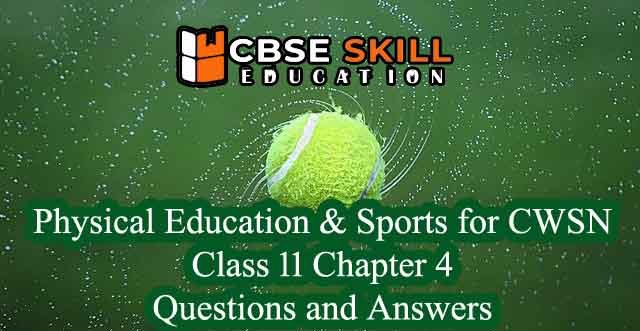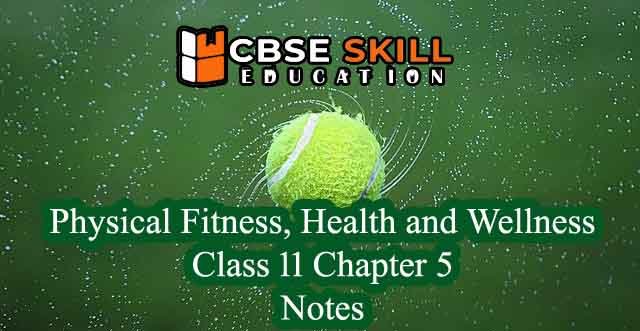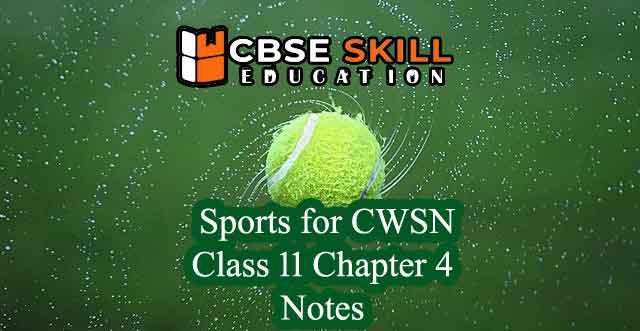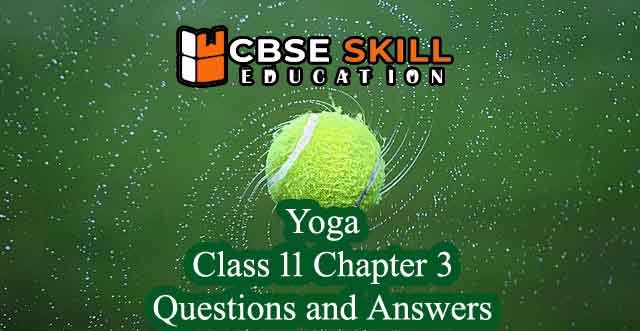Teachers and Examiners (CBSESkillEduction) collaborated to create the Physical Education Class 11 Chapter 8 Notes. All the important Information are taken from the NCERT Textbook Physical Education (048) class 11.
Physical Education Class 11 Chapter 8 Notes
Fundamentals of Kinesiology
Kinesiology is a combination of the Greek words kinesis, which means motion or movement, and logio, which means study. Kinesiology is the study of body movement, whether it is in a human or non-human. The definition of kinesiology in the dictionary is “the science concerned with the link between physiological processes and human body anatomy with regard to movement.” It is a study of human motion based on biomechanics, anatomy of the muscular system, and neuromuscular physiology. Therefore, having a thorough understanding of anatomy and physiology is essential if we are to comprehend kinesiology.
Physical Education Class 11 Chapter 8 Notes
There are 9 main objectives of Kinesiology
- Relaxation
- Correcting the alignment and posture of the body
- Increasing joints mobility
- Increasing muscle strength
- Increasing muscular endurance
- Coordination, control, balance
- Exercise training
- Respiratory re-education
- Sensory re-education
Fundamentals of Biomechanics
The study of human biomechanics is concerned with the forces acting on the musculoskeletal system and the reactions of the bodily tissues to these forces. Biomechanics can be regarded in the perspective of either internal or exterior biomechanics using the forces involved in the generation of movement and posture.
Principles of Biomechanics
1. Mathematical modelling
2. Computer simulations
3. Measurements to enhance sport performance
4. Reduce Injury
Physical Education Class 11 Chapter 8 Notes
Body Movements
Movement is a change in a body part’s position in relation to the entire body. It is one of the key characteristics shared by all living things. Examples of movement include eating, breathing, and eye blinking.
Types of Body Movements
1. Flexion – When the angle between the bones decreases, the body flexes or bends. Flexion includes actions like raising the forearm at the elbow or bringing the hand closer to the forearm. In contrast to flexion, which causes the angle between a joint’s bones to decrease, extension widens that angle.
2. Extension – When a joint’s angle increases, such as the elbow when throwing a shot put, this happens. A high-jumper takes off by extending their take-off knee. Flexion and extension are also possible with ball and socket joints.
3. Abduction – Abduction can be exemplified by raising your arms to the side, turning your wrist so that your palm faces forward, kicking your leg to the side, separating your knees, and spreading your fingers and toes. Abductors are the muscles that cause abduction.
Physical Education Class 11 Chapter 8 Notes
4. Rotation – Body part rotation is categorized as internal or external, referring to movement toward or away from the body’s center. Internal rotation, also known as medial rotation, is a rotation in the direction of the body’s axis. Rotation away from the body’s center is referred to as external rotation also known as lateral rotation.
5. Circumduction – Circumduction is the circular movement of a body region, during which one end of the region is kept largely immobile and the other end forms a circle. At a joint, it entails the progressive blending of flexion, adduction, extension, and abduction.
6. Supination – The upward rotation of the hand, wrist, and forearm is known as supination. Supination can be seen in actions such as turning your hand over to receive money.
7. Pronation – Dorsiflexion, eversion, and abduction are all part of the dynamic foot action known as pronation. Overpronated feet place extra weight on the medial edge. As the foot transitions through the distinct phases of weight-bearing during a typical gait, there is a natural degree of pronation.
Physical Education Class 11 Chapter 8 Notes
Axis and Planes
An object rotates around an axis, which is a straight line. Movement at the joint occurs in a plane centred on an axis. Three axes of rotation are present. The sagittal axis, which runs horizontally from posterior to anterior, is created by the meeting point of the transverse and sagittal planes.
Axes of movement
There are three axes of movement around which the body or body parts rotate:
1. Frontal axis
2. Sagittal axis
3. Vertical axis
Physical Education Class 11 Syllabus | Notes | Questions and Answers
Physical Education Class 11 Notes
- Physical Education Class 11 Chapter 1 Notes
- Physical Education Class 11 Chapter 2 Notes
- Physical Education Class 11 Chapter 3 Notes
- Physical Education Class 11 Chapter 4 Notes
- Physical Education Class 11 Chapter 5 Notes
- Physical Education Class 11 Chapter 6 Notes
- Physical Education Class 11 Chapter 7 Notes
- Physical Education Class 11 Chapter 8 Notes
- Physical Education Class 11 Chapter 9 Notes
- Training and Doping in Sports Class 11 Notes
Physical Education Class 11 Questions and Answers
- Physical Education Class 11 Chapter 1 Question Answers
- Physical Education Class 11 Chapter 2 Question Answers
- Physical Education Class 11 Chapter 3 Question Answers
- Physical Education Class 11 Chapter 4 Question Answers
- Physical Education Class 11 Chapter 5 Question Answers
- Physical Education Class 11 Chapter 6 Question Answers
- Physical Education Class 11 Chapter 7 Question Answers
- Physical Education Class 11 Chapter 8 Question Answers
- Physical Education Class 11 Chapter 9 Question Answers
- Training and Doping in Sports Class 11 Questions and Answers








